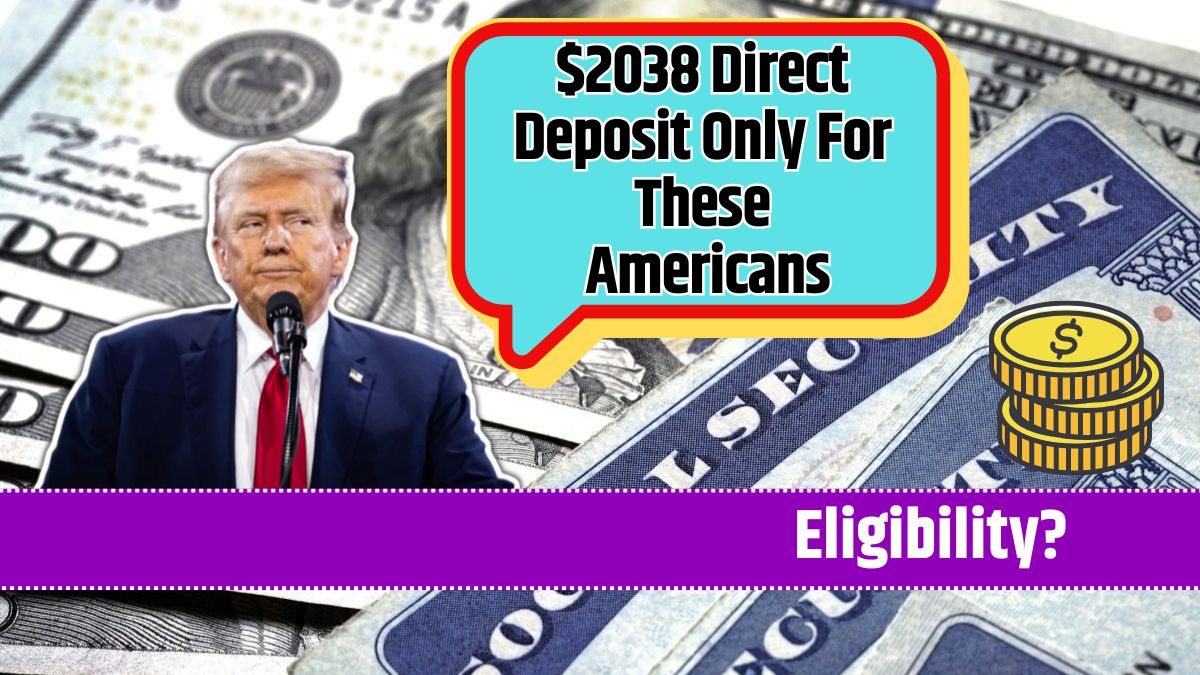Did you know that many Australian investors could save up to $150,000 in taxes with better capital gains tax (CGT) strategies? CGT might seem like a dry topic, but understanding the rules could mean keeping more of your hard-earned profits.
Whether it’s property, shares, or business assets, getting familiar with tax breaks and exemptions can dramatically improve your financial outcomes.
Let’s unpack how CGT works, common missed opportunities, and strategies to help you save thousands.
Basics
CGT is the tax you pay on the profit from selling an asset, like real estate or shares. The tax is calculated on the “gain”—the difference between your selling price and your original purchase cost (plus related expenses).
For example, if you buy an investment property for $500,000 and sell it for $800,000, your gain is $300,000. That amount gets added to your income and taxed at your marginal rate.
Ouch, right? But here’s the good news: if you’ve owned the asset for more than 12 months, you may qualify for a 50% CGT discount, halving your taxable amount. In this case, you’d only pay tax on $150,000.
Missed Opportunities
Surprisingly, thousands of Australians fail to optimize CGT savings. For many, this means overpaying taxes unnecessarily—sometimes by as much as $150,000. Why? Lack of awareness about exemptions, strategic planning, and professional advice.
Some investors fail to claim key exemptions, like the main residence rule, or they overlook opportunities to offset gains with losses. These missed steps can turn a potential financial windfall into a larger-than-necessary tax bill.
Key Exemptions
Want to know how to keep more money in your pocket? Here are some essential CGT exemptions and concessions:
- Main Residence Exemption: Your primary home is exempt from CGT, unless part of it was rented out or used for business.
- Small Business Concessions: Small business owners can benefit from a 50% active asset reduction or even a full exemption for assets held for over 15 years.
- Granny Flats: Arrangements for dependent relatives can be CGT-free in certain cases.
- Pre-1985 Assets: If you’ve owned assets since before 20 September 1985, they’re exempt from CGT.
Strategies
Ready to slash your CGT bill? Here are practical steps:
- Hold Assets for 12+ Months: Waiting a bit longer to sell can qualify you for the 50% discount.
- Offset Gains with Losses: Got losing investments? Use those losses to reduce your taxable gains. Plus, you can carry forward unused losses to future years.
- Contribute to Superannuation: Rolling sale proceeds into your super fund can lower your taxable income and CGT.
- Consider Trusts: Family trusts can provide tax benefits by distributing income among members in lower tax brackets.
- Timing Is Everything: Selling assets strategically during a lower-income year can reduce your overall tax rate.
Calculation Example
Let’s put this into perspective with a quick example:
| Details | Amount (AUD) |
|---|---|
| Purchase Price (Cost Base) | $500,000 |
| Sale Price | $800,000 |
| Capital Gain | $300,000 |
| 50% Discount (12+ months held) | $150,000 |
| Taxable Capital Gain | $150,000 |
| Tax at Marginal Rate (e.g., 32%) | $48,000 |
Without planning, the tax could’ve been double. Now, imagine the savings when applying exemptions or other strategies.
With the right planning, Australian investors can turn potential tax pitfalls into smart financial wins. Don’t leave money on the table—take action now and consult a tax professional to explore your options.













